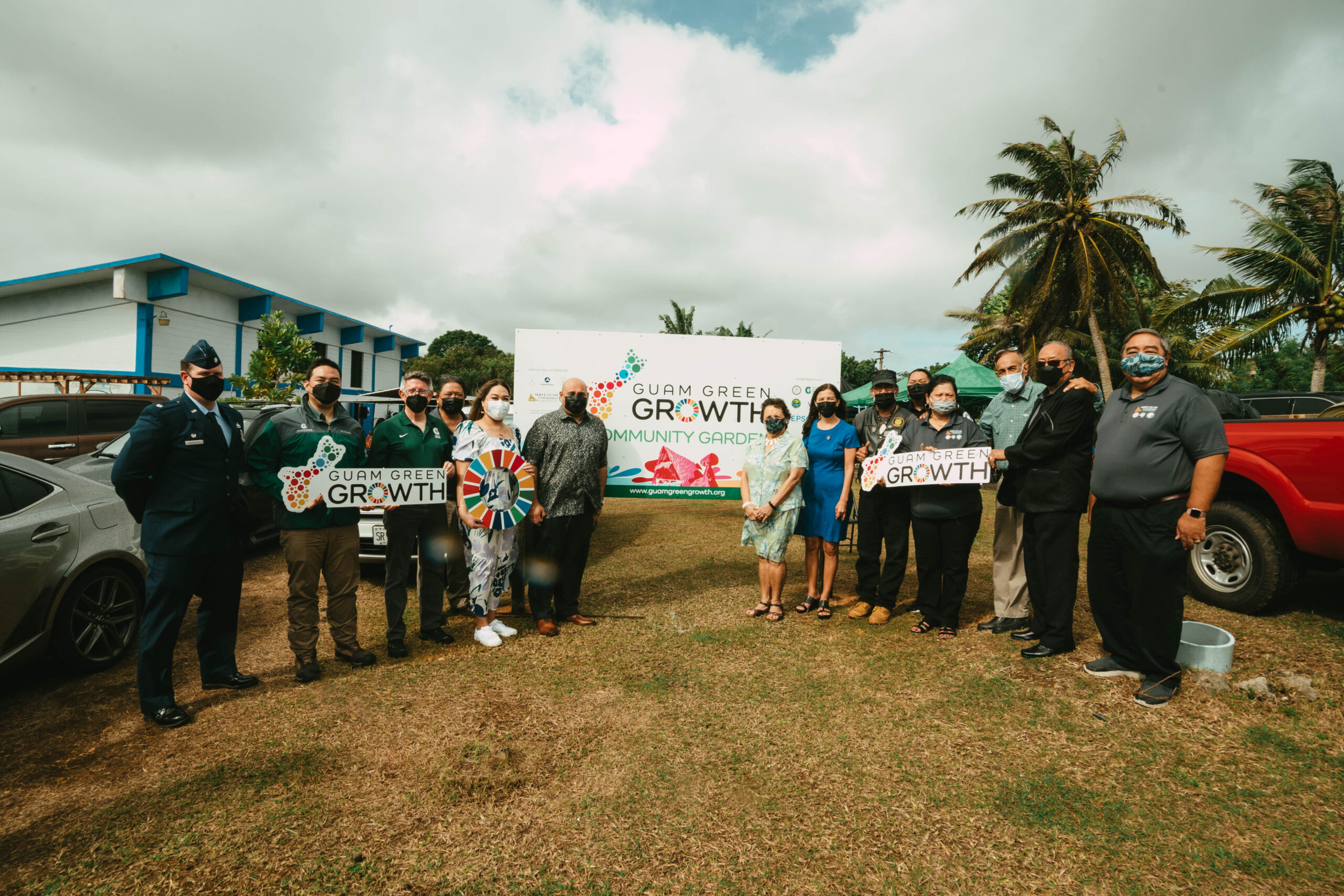UOG CIS director at TEDx Malaysia: ‘Islands are reclaiming its sustainable past’

Colonialism changed the sustainable and self-sufficient ways of the islands. But islanders are now taking action to build resilience against climate impacts by reducing local environmental stressors and taking action to become more sustainable,” according to Austin Shelton, University of Guam Center for Island Sustainability and Sea Grant director, who told the virtual audience at TEDxJA Malaysia.
Shelton, a Junior Achievement Guam alumnus, discussed the concept of “circular economy” as it applies to Guam and the other islands at the “TEDxJAMalaysia Virtual Webinar Countdown: Youth Action for Sphere Sustainability (YASS).” JA Malaysia hosted the event.
Shelton said transforming waste into resources is how islands give back to the circular economy. He added that looping back into the circular economy is also a meaningful way to build resilience against climate change.
The circular economy closes the loop by prolonging the product life cycle and finding another purpose for waste that would otherwise end up in the landfill. Doing so keeps materials in use and, eventually, lessens the burden on natural resources and regenerates natural systems.
Shelton said, “Today, we are working on blending our island wisdom with modern innovations to loop back to the circular economy. We now have a Guam Green Growth circular economy Makerspace and Innovation Hub.”
“At the beginning of 2020, over a hundred people represented all sectors of our society. Together we committed to achieving the 17 United Nations Sustainable Development Goals — in locally and culturally effective ways — through the Guam Green Growth initiative. Guam Green Growth now serves as an engine of solutions to sustainability challenges and contributes to the emerging green economy for our island. We were sustainable before, and we can be again,” he said.
The implementation of a circular economy on the island contribute to achieving multiple UN SDGs (Sustainable Development Goals), including # 6 (clean water and sanitation), # 8 (economic growth), # 12 (sustainable consumption and production), # 13 (climate change), among others.
Junior Achievement Malaysia hosted the TEDx virtual event as part of its commitment to promoting youth-led action to address climate change.
JA Malaysia is part of the global network of youth organizations that allow students to participate in experiential programs that focus on topics such as work readiness and entrepreneurship.
Asheesh Advani, President and CEO at JA Worldwide said that the event is focused on the most pressing issues of the day: climate change. “Entrepreneurs and entrepreneurial solutions are critical to the future of addressing sustainability and the issue of climate change for our world,” he said.
“I see the struggles that policymakers and world leaders have in cooperating across boundaries (to address climate change),” Advani said, but he saw the strengths of entrepreneurs who are moving past these barriers through creativity and innovation.




















